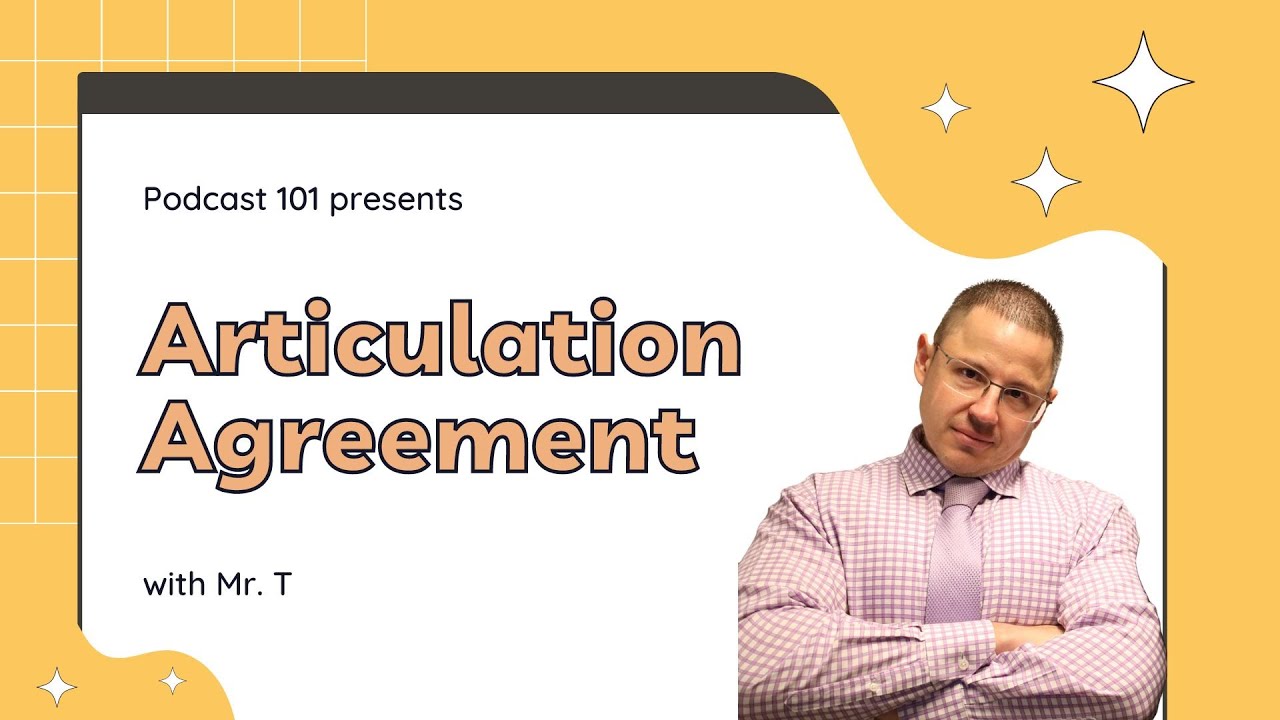DUAL ENROLLMENT | Final Grades + My Experience
Summary
TLDRIn this informative video, the speaker shares their personal experience with dual enrollment classes at their high school, highlighting how students can earn college credits while still in high school. They explain the eligibility criteria, class selection process, and their own coursework, which includes statistics and anthropology. The speaker discusses the differences between dual enrollment and AP classes, particularly in grading weight and assignments. Overall, the video aims to provide insights and guidance for students considering dual enrollment, making it a valuable resource for anyone looking to navigate this educational opportunity.
Takeaways
- 😀 Dual enrollment allows high school students to take actual university classes and earn college credits.
- 📅 Students can start dual enrollment in their junior year, but most begin in their senior year.
- 🎓 Eligibility for dual enrollment typically requires a certain GPA and standardized test scores.
- 📚 The maximum credit hours a student can take is nine, with classes varying in credit hour weight.
- 🔍 The number of credit hours indicates the difficulty and workload of a course.
- 📝 The student took three classes, all worth three credit hours each, including statistics and anthropology.
- 📊 Dual enrollment classes often have fewer assignments than AP classes, focusing more on substantial coursework.
- 🔑 Finals and major tests in dual enrollment classes are weighted more heavily in final grades compared to AP classes.
- 💡 The student found dual enrollment classes to be an excellent way to experience college material while still in high school.
- 🙋♂️ The student encourages others to ask questions about dual enrollment and considers making follow-up content based on viewer interest.
Q & A
What is dual enrollment?
-Dual enrollment is an option for high school students to take actual university classes at a local university or community college and earn college credits for those classes.
When can students start dual enrollment at the speaker's high school?
-Students at the speaker's high school can start dual enrollment in their junior year, but most typically begin in their senior year.
What are the eligibility requirements for dual enrollment?
-To qualify for dual enrollment, students must meet certain GPA and standardized test score thresholds, such as SAT or ACT scores.
How many credit hours can a student take in dual enrollment?
-The maximum number of credit hours a student can take for dual enrollment is nine.
What types of classes did the speaker take for dual enrollment?
-The speaker took three classes, all worth three credit hours each: two statistics classes and one introduction to anthropology class.
How does the grading system for dual enrollment classes compare to AP classes?
-Dual enrollment classes are weighted the same as AP classes in the speaker's school, but the finals and major tests tend to have a higher weight in the overall grade.
What challenges did the speaker face when enrolling in dual enrollment classes?
-The speaker faced challenges in securing their desired classes because dual enrollment students are often the last to choose classes at the college, leading to multiple attempts to finalize their schedule.
How were the assignments structured in the speaker's dual enrollment classes?
-In the statistics classes, there were weekly assignments and quizzes that were straightforward and manageable. In the anthropology class, participation accounted for 20% of the grade, with attendance checked via an iClicker device.
What was the speaker's overall experience with their dual enrollment classes?
-The speaker had a positive experience, finding the classes manageable and comparable in difficulty to AP classes, with an emphasis on practical assignments rather than busy work.
Would the speaker recommend dual enrollment to other students?
-Yes, the speaker recommends considering dual enrollment for those who meet the criteria and encourages students to consult their guidance counselors about their options.
Outlines

Dieser Bereich ist nur für Premium-Benutzer verfügbar. Bitte führen Sie ein Upgrade durch, um auf diesen Abschnitt zuzugreifen.
Upgrade durchführenMindmap

Dieser Bereich ist nur für Premium-Benutzer verfügbar. Bitte führen Sie ein Upgrade durch, um auf diesen Abschnitt zuzugreifen.
Upgrade durchführenKeywords

Dieser Bereich ist nur für Premium-Benutzer verfügbar. Bitte führen Sie ein Upgrade durch, um auf diesen Abschnitt zuzugreifen.
Upgrade durchführenHighlights

Dieser Bereich ist nur für Premium-Benutzer verfügbar. Bitte führen Sie ein Upgrade durch, um auf diesen Abschnitt zuzugreifen.
Upgrade durchführenTranscripts

Dieser Bereich ist nur für Premium-Benutzer verfügbar. Bitte führen Sie ein Upgrade durch, um auf diesen Abschnitt zuzugreifen.
Upgrade durchführen5.0 / 5 (0 votes)






